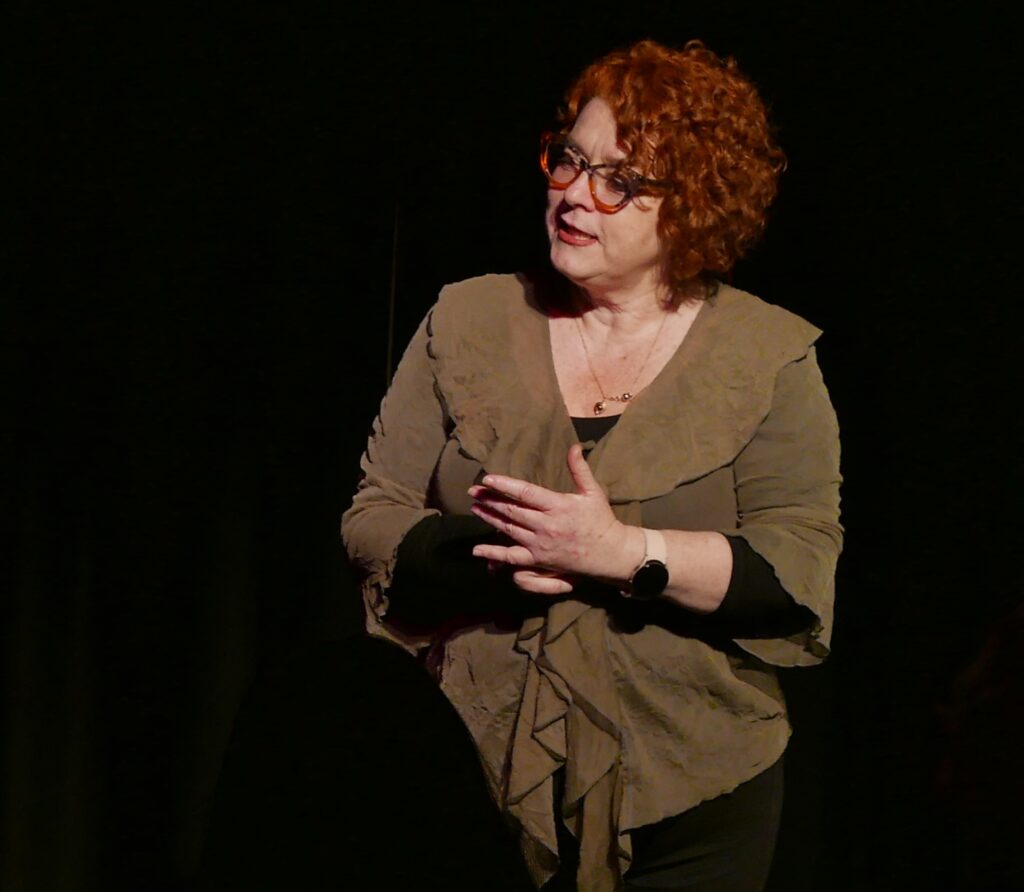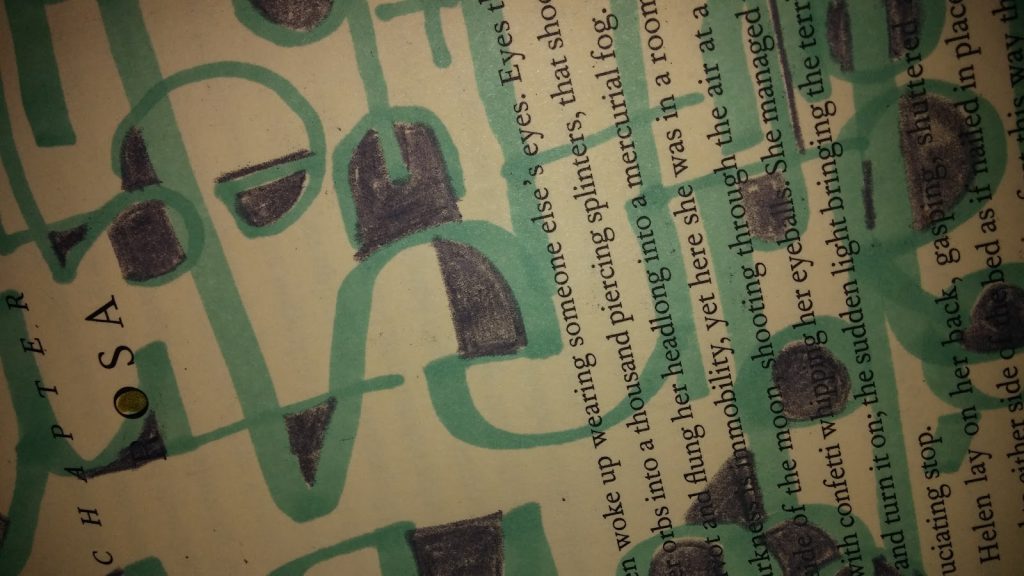Yay, Day 1 of Musical Improv at Second City Chicago, level 1.
| Taken in the Loop, Downtown Chicago, just around the corner from where I’m staying. But taken in 2008, so it probably has changed a little. Tune back in and find out! |
By the way you can subscribe to this blog by RSS or email, just click over in the left hand column where it’s mentioned.
About 8 people in the class. Two or three who are doing this as their own personal version of bungee jumping (i.e. the thing which terrifies them most).
I’m quite jet lagged, so I’ll make this quick.
Here are the warm ups and exercises we did today:
– a chant game: 12345. In an upbeat rhythm
the group chants: 1, 2, 3, 4, 5
individual: My name’s X and I say hi
group: 6, 7, 8, 9, 10
individual: This is Y and she’s my friend
group: 1
individual: (in rhythm if they can, a fact about Y)
group: 2
– Dance Tag: essentially chasings with someone “it”, except everyone had to dance with the music (you can’t just run away, you have to dance away). Great to get us physical and playing. The teacher, Geoff, played the keyboard in different genres to change our physical responses
– zoom, oil slick, brake, bridge, fire drill (a warm up I learnt at iO last time). We added one more – “monorail”, which is everyone holding their hands in prayer position and going “ooh” as they circle – just like a monorail is going by
– voice warm up Many mumbling mice are making midnight music in the moonlight, mighty nice (on a minor arpeggio) – first just to warm up the voice, then in different genres with movement or object work, then as an articulation exercise substituting the first letter for different letters (pany pumbling pice are paking pidnight pusic in the poonlight, pighty nice).
Improvisation games / exercises
Word at a time song – love song to a household object (toaster, and yes, spatula)
Opera in Numbers – opera sung with only numbers (any random numbers) as the words
Gibberish Opera (with translation, which stunted it a little, but it put in harder to ignore offers from players)
Single Title Sing about it a sing about it with a few minor changes: any of the players on the back line can “freeze” the scene on any line, they repeat the line, then the player who said it then sang a song just repeating that line as often as they needed to: within the genre set by the keyboard
3 person “us against the world” scenes with musical asides (like an inner song- the other players don’t hear what you sing
Add 1 word Song: A way of transitioning into full singing and from scene to song: Play a normal scene, and if the keyboard goes when you are speaking, you start with a single word, then that same word plus one more – adding a single word to the string each time: e.g. I, I love, I love your, I love your big, I love your big fat, I love your big fat heart. It actually meant you focused and concentrated your message, because you had plenty of time to work out the words to say it, and every word in the sentence got it’s full emphasis. Really cool device.
| OK, I’m cheating, I took this photo last time I was here in Chicago. Just too tired to download camera pix tonight! |
We practised backwards rhyming – starting with a beastie boys rap (where you try to make the whole group say the last word of your 2nd sentence), then with a warm up called My Mother Don’t wear no socks – a doo whop number: Da Do Da Do etc, My mother don’t wear no socks, I was there when she took them off, first line of rhyming sentence with your set up rhyme, second line with payoff rhyme.
the payoff rhyme is the word you want to say (e.g. carpet), and the set up rhymes with it (muppet). This kind of rhyming is easier than rhyming forwards. When you rhyme forwards the point of what you were saying can get off track: when you “plan” a set up and payoff, then you’re able to surprise the audience. It’s also much more impressive when you rhyme with gibberish. “I went to the zoo with my friend Genossoros; that was the day we saw the rhinoceros” sounds more impressive than “I went to the zoo, I saw a rhinoceros, I went there with my friend Genossoros).
Some tips:
– to feel what it’s like to lift the palate sniff like you’re smelling a flower. (lifting the palate gives a brighter sound)
– when singing use the musical comedy style: pick a brick stay still, slow down your body, ground in the music (vs wild dancing or hectic swaying)
– it’s easier to sing about how you FEEL about an object than about an object itself
– 3 types of 3 player scenes: 1. everyone for themselves, 2. two against one 3. us against the world. Type 3 is much easier for a musical, because all 3 people can sing the same song
– conflict is not our job – a normal situation will lead to some kind of drama and conflict
– 3 types of improvisers: head (intellectual connection), heart, x factor. Del Close said intellectual connection and emotional revelations are what connects us to the audience
– don’t fix the problems, let the emotion escalate, so that you have some heightened emotion to sing about
– don’t betray with your body language if something goes wrong with your voice (the audience won’t care if you don’t signal it!)
– if you’re an in-your-head player, music can get you out of your head (as long as you don’t complicate everything by trying to rhyme!) You get more mileage out of being affected than you do from rhyming: it’s like the music takes over your body and everything is changed with it and by it







